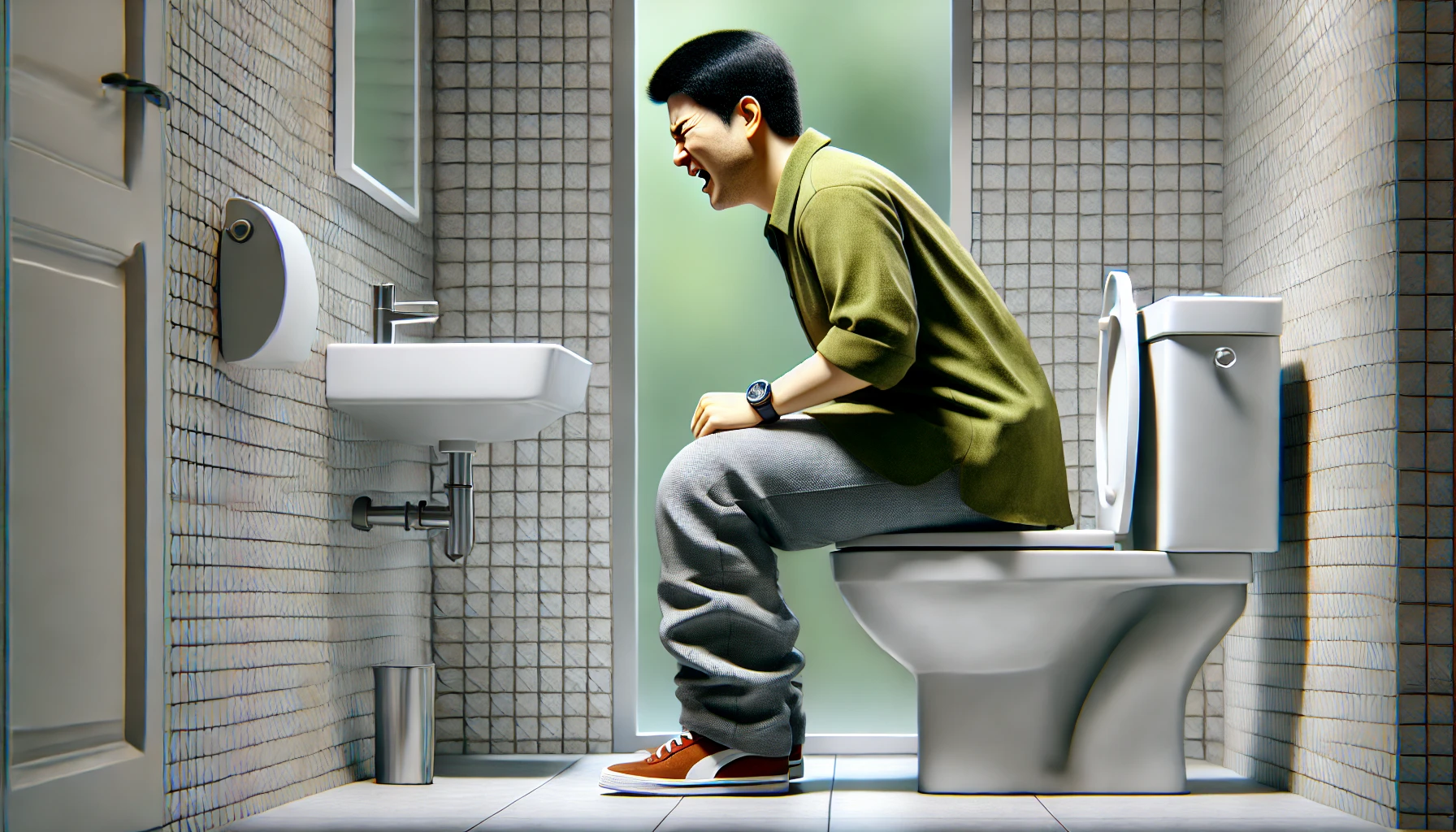This post was written with Consensus AI Academic Search Engine – please read our Disclaimer at the end of this article. Fecal impaction is a severe form of constipation where a large, hard mass of stool becomes stuck in the colon or rectum, making it difficult to pass naturally. This condition can lead to significant discomfort, pain, and potential complications if not treated promptly. Various treatment methods have been studied to address fecal impaction, particularly in children and patients with chronic conditions.
Causes and Symptoms
Fecal impaction often results from chronic constipation, which can be due to a variety of factors including dietary habits, lack of physical activity, certain medications, and underlying medical conditions. Symptoms of fecal impaction include abdominal pain, bloating, nausea, and a persistent urge to defecate without success. In severe cases, it can lead to rectal bleeding and fecal incontinence1 2 8.
Diagnosis
Diagnosis of fecal impaction typically involves a physical examination, including a digital rectal examination (DRE), which can detect the presence of hard stool masses in the rectum. Studies have shown that DRE is a reliable method for diagnosing fecal impaction, although its necessity in all cases of constipation is debated8.
Treatment Options
Polyethylene Glycol (PEG)
Polyethylene glycol (PEG) is a commonly used osmotic laxative for treating fecal impaction. Studies have demonstrated its efficacy in both acute disimpaction and maintenance therapy. PEG 3350, in particular, has been shown to be effective at various dosages, with higher doses providing more rapid relief but also associated with more side effects such as diarrhea and bloating3 4 5.
Enemas
Enemas are another traditional treatment for fecal impaction. They work by introducing fluid into the rectum to soften the stool and stimulate bowel movements. Comparative studies have found that enemas are as effective as PEG for disimpaction, though they may be less well-tolerated by patients, especially children2 6.
Mineral Oil and Lavage Solutions
Mineral oil and isotonic lavage solutions are alternative treatments. A study comparing these methods found that while lavage solutions were more effective in clearing impactions, they were less well-tolerated due to side effects like vomiting1.
Acupressure
Non-medical treatments such as acupressure have also been explored. A study on hemodialysis patients with constipation found that acupressure significantly improved fecal impaction, suggesting it could be a useful complementary therapy7.
Conclusion
Fecal impaction is a significant medical condition that requires prompt and effective treatment to prevent complications. Various treatment options, including PEG, enemas, mineral oil, lavage solutions, and acupressure, have been studied, each with its own advantages and limitations. The choice of treatment should be tailored to the individual patient’s needs and tolerance to ensure the best possible outcome. Further research is needed to optimize these treatments and explore new therapeutic options.
Disclaimer
The content presented in this blog is generated by Consensus, an AI-powered academic search engine, and is based on publicly available scientific literature. While every effort is made to provide accurate, up-to-date, and well-researched information, the content is intended for informational and educational purposes only. It does not constitute medical advice, diagnosis, or treatment. Always consult a qualified healthcare professional before making any decisions regarding medical conditions, treatments, or medications. The AI system’s analysis may not cover all perspectives, emerging research, or individual cases, and it is not a substitute for professional expertise. Neither the blog publisher nor the developers of the AI-powered search engine are responsible for any actions taken based on the information provided in this content. Use of this information is at your own risk. Citations to the original scientific studies are included for reference, but these studies should be reviewed in full and interpreted with the guidance of a healthcare or research professional.
If you are experiencing a medical emergency, please seek immediate attention from a healthcare provider.
